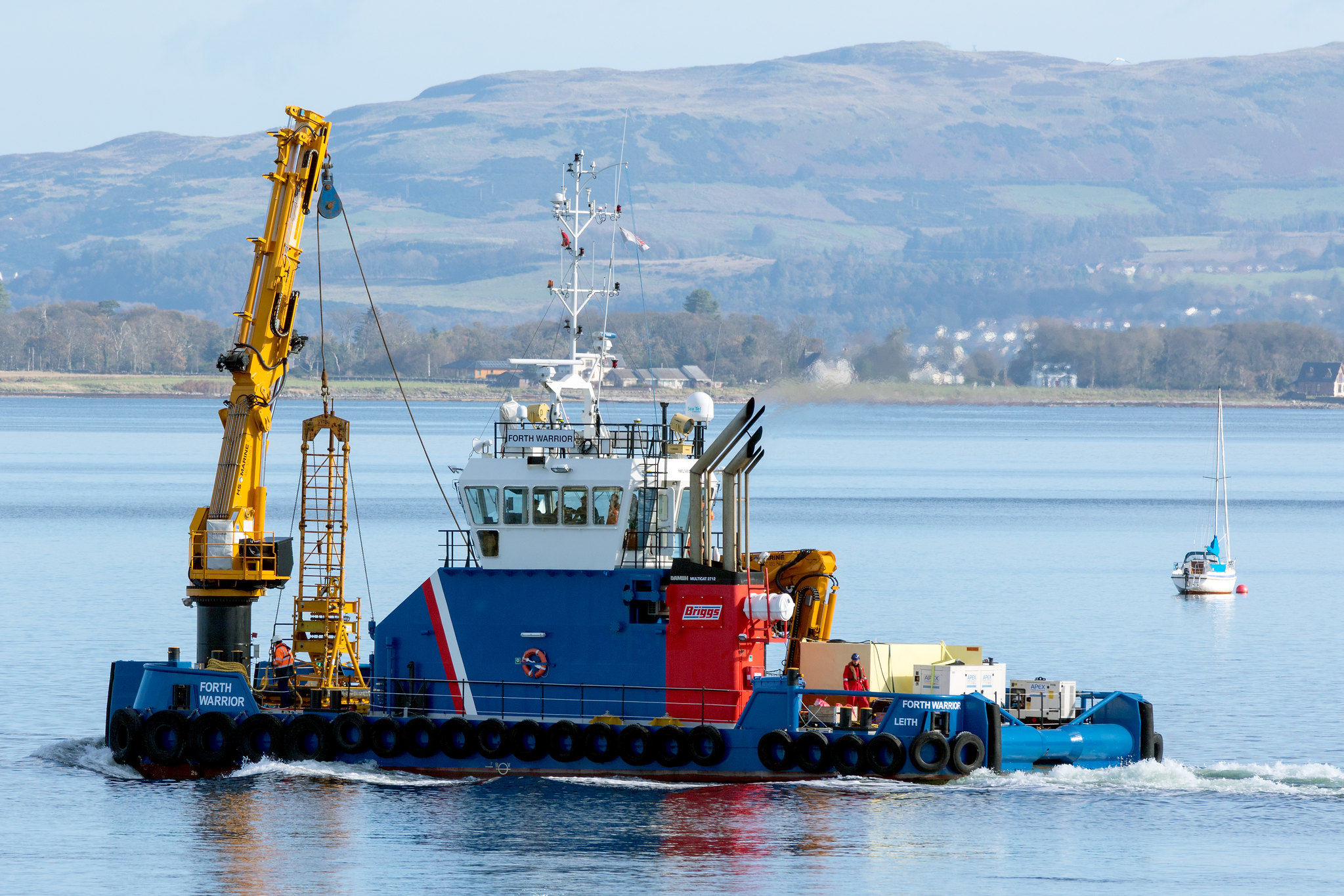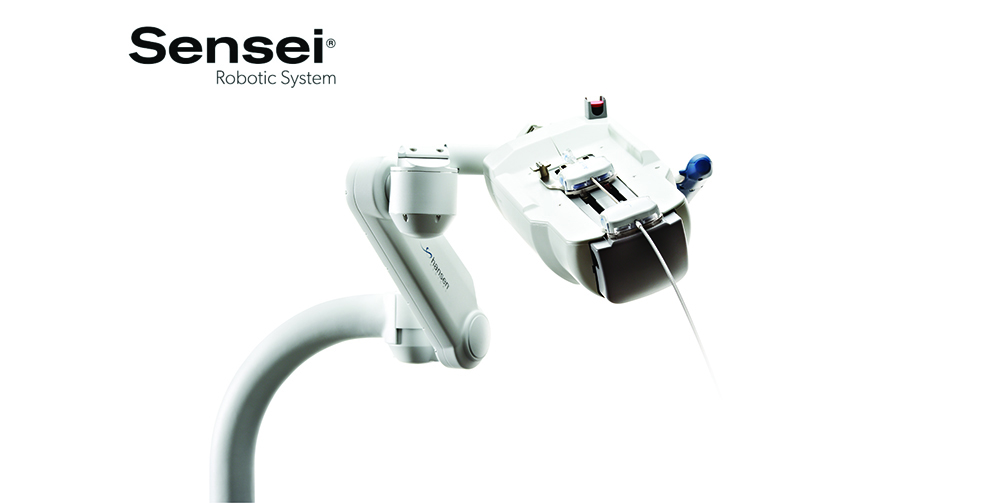Maritime vessel salvage is a critical aspect of marine operations, ensuring the safety of navigable waters, protecting the environment, and recovering valuable assets from the sea. This complex field involves the recovery of ships, cargo, and other property after a maritime accident or disaster. This article delves into the intricacies of maritime vessel salvage, its importance, methods, challenges, and notable case studies.
Importance of Maritime Vessel Salvage
Maritime vessel salvage is essential for several reasons:
- Environmental Protection: Salvaging vessels prevents pollution from fuel, chemicals, and cargo spills, protecting marine and coastal ecosystems.
- Safety of Navigation: Removing wrecks from navigable waters ensures the safety of other vessels and prevents accidents.
- Economic Recovery: Salvage operations can recover valuable cargo and property, reducing financial losses for shipowners and insurers.
- Legal and Regulatory Compliance: Salvage is often required by law to mitigate environmental damage and ensure safe navigation.
Methods of Maritime Vessel Salvage
Salvage operations vary depending on the nature of the incident, the condition of the vessel, and the environment. Here are the primary methods used:
- Refloating
- Pumping and Buoyancy: Water is pumped out of the vessel, and buoyancy aids like airbags or pontoons are used to refloat it.
- Lifting: Heavy-lift vessels or cranes are used to lift the vessel from the seabed.
- Dismantling and Removal
- Cutting and Sectioning: The vessel is cut into manageable sections using underwater cutting tools and then removed piece by piece.
- Towing: Smaller, less damaged sections can be towed to shore for further dismantling and recycling.
- Cargo Recovery
- Diving Operations: Divers are used to recover valuable cargo from sunken vessels.
- ROVs and Submersibles: Remote-operated vehicles and submersibles can access deeper or more hazardous areas.
- Pollution Control
- Booms and Skimmers: Floating barriers (booms) and skimming devices are deployed to contain and remove oil spills.
- Chemical Dispersants: Chemicals are used to break down and disperse oil, reducing its impact on the environment.
Challenges in Maritime Vessel Salvage
Maritime vessel salvage is fraught with challenges that require careful planning and expertise:
- Environmental Conditions
- Weather and Sea State: Adverse weather and rough seas can hinder salvage operations and pose risks to salvage crews.
- Depth and Accessibility: Salvaging vessels in deep or inaccessible areas requires specialized equipment and techniques.
- Technical Complexity
- Vessel Condition: The structural integrity of the vessel can be compromised, making salvage operations dangerous and complicated.
- Hazardous Cargo: Dealing with hazardous or toxic cargo adds a layer of complexity and risk to the operation.
- Regulatory and Legal Issues
- Jurisdiction: Salvage operations may involve multiple jurisdictions, requiring coordination with various authorities.
- Ownership and Liability: Determining the ownership and liability for the vessel and its cargo can be legally complex.
- Economic Factors
- Cost: Salvage operations are expensive, requiring significant investment in equipment, personnel, and logistics.
- Funding: Securing funding from shipowners, insurers, or governments can be challenging, especially for large-scale operations.
Notable Case Studies
Case Study 1: The Costa Concordia
Background: The Costa Concordia, a cruise ship, capsized and sank off the coast of Italy in January 2012 after striking a rock. The incident resulted in 32 fatalities and posed significant environmental risks due to the ship’s fuel and hazardous materials.
Salvage Operation:
- Refloating and Removal: The ship was stabilized using a series of massive sponsons (large, watertight compartments) attached to its sides. These sponsons were used to refloat the vessel and tow it to the port for dismantling.
- Pollution Control: Measures were taken to prevent fuel leaks and environmental contamination during the salvage operation.
- Outcome: The operation, considered one of the most complex and costly in maritime history, successfully removed the wreck without significant environmental impact.
Case Study 2: The MV Rena
Background: In October 2011, the MV Rena, a container ship, ran aground on Astrolabe Reef off the coast of New Zealand, resulting in a significant oil spill and cargo loss.
Salvage Operation:
- Oil Removal: Salvage teams prioritized removing oil from the ship to prevent further environmental damage.
- Cargo Recovery: Divers and salvage experts worked to recover containers and other debris from the wreck.
- Dismantling: The ship was eventually cut into sections and removed from the reef.
- Outcome: The operation minimized the environmental impact and recovered a substantial amount of cargo, though some debris remained on the reef.
Case Study 3: The SS America
Background: The SS America, a former ocean liner, ran aground off the coast of the Canary Islands in 1994 during a towing operation to Thailand.
Salvage Operation:
- Initial Assessment: Salvage teams assessed the condition of the vessel and the feasibility of refloating it.
- Partial Dismantling: Due to the vessel’s deteriorating condition and the remote location, only partial dismantling was possible.
- Outcome: The ship gradually broke apart and sank, with the remaining debris becoming an artificial reef.
Future Trends in Maritime Vessel Salvage
- Advanced Technology
- Autonomous Systems: Use of autonomous vessels and drones to survey and monitor wrecks.
- Robotics: Enhanced capabilities of ROVs and submersibles for deeper and more complex salvage operations.
- Sustainable Practices
- Green Salvage: Emphasis on environmentally friendly methods and materials to minimize the ecological impact of salvage operations.
- Recycling and Reuse: Increased focus on recycling materials from salvaged vessels to reduce waste.
- Regulatory Evolution
- Stricter Regulations: Tighter regulations to ensure prompt and effective salvage operations and pollution control.
- International Cooperation: Greater collaboration between countries and international organizations to address cross-border salvage issues.
- Training and Safety
- Enhanced Training: Improved training programs for salvage crews to handle complex and hazardous operations.
- Safety Protocols: Development of advanced safety protocols to protect personnel and the environment.
Conclusion
Maritime vessel salvage is a vital component of marine operations, addressing the challenges of recovering ships and cargo while protecting the environment and ensuring safe navigation. The field involves a range of complex and hazardous activities, requiring specialized knowledge, equipment, and techniques. Through case studies like the Costa Concordia, MV Rena, and SS America, the importance and impact of effective salvage operations are evident. As technology advances and environmental concerns grow, the future of maritime vessel salvage will increasingly focus on sustainability, innovation, and international collaboration, ensuring that this essential service continues to meet the demands of a dynamic and challenging marine environment.



